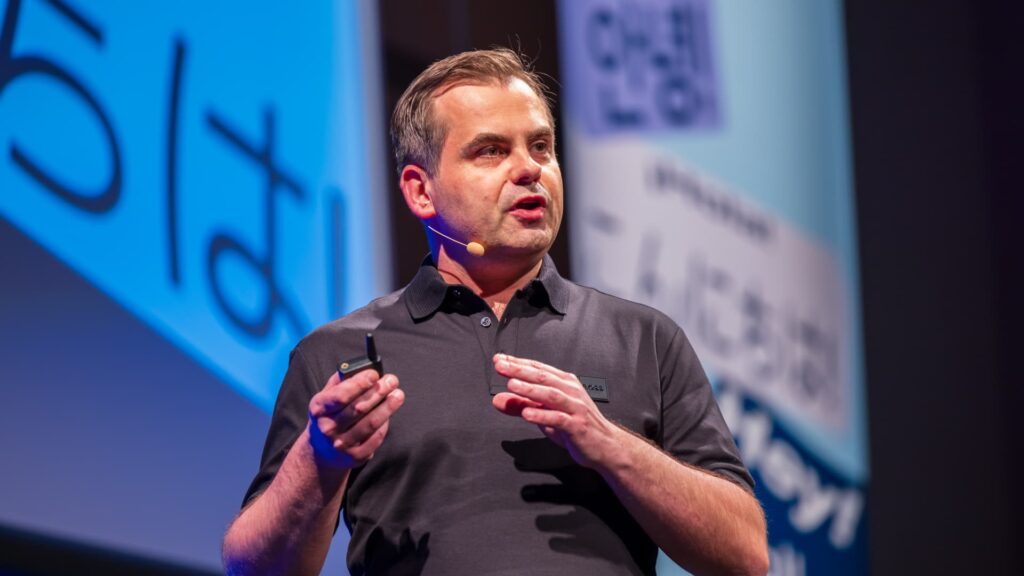In recent years, the landscape of artificial intelligence (AI) and automation platforms has evolved significantly, prompting small and medium-sized business (SMB) leaders and automation specialists to scrutinize their operational efficiencies. With a multitude of options available, including well-known solutions like Zapier and emerging contenders such as DeepL, a comparison of the strengths, weaknesses, costs, return on investment (ROI), and scalability of these tools becomes imperative.
As businesses increasingly adopt AI-driven workflows, understanding the unique offerings and limitations of each platform can position decision-makers better in their quest for operational excellence. DeepL, initially recognized for its advanced translation services, has announced a foray into general AI agents. The DeepL Agent is poised to perform tasks that alleviate the burden of repetitive and time-intensive endeavors across departments, from human resources to marketing. Its natural language processing capabilities enable it to interact with users in an intuitive manner, thereby marking a significant leap toward automating mundane tasks.
When comparing DeepL Agent to existing solutions like Zapier or Make, one must evaluate their core functionalities. Zapier excels in connecting disparate applications and services to automate workflows seamlessly. Its user-friendly interface and extensive library of integrations make it a popular choice among businesses seeking to streamline operations. However, Zapier can become unwieldy in complex workflows and may require a series of tedious steps to accomplish sophisticated tasks. On the other hand, Make offers a more visual approach to automation, allowing for intricate workflows and real-time data transfers. This platform is particularly advantageous for organizations that require extensive customization and flexibility.
DeepL Agent’s promise lies in its capability to automate tasks with a degree of contextual understanding, potentially surpassing the rigid mechanics often found in tools like Zapier and Make. However, the challenge remains in ensuring scalability and integration with existing systems. The agent’s foundation lies in DeepL’s proprietary language models, yet it also utilizes models available from external providers. This dual approach fosters versatile application but raises questions regarding dependency and risk management concerning third-party providers.
Cost also plays a crucial role in the decision-making process. Both Zapier and Make operate on a subscription basis, with pricing tiers varying based on the number of tasks or operations performed per month. For SMBs, this can translate to an unpredictable total cost of ownership, particularly if the initial estimation of workflow complexity is exceeded. DeepL has not yet disclosed pricing information for its new service, but if it maintains a competitive edge, it may attract businesses seeking efficient alternatives to more established platforms.
ROI should also be assessed in this competitive environment. Narcissistic investment into automation platforms without clear performance indicators can leave teams frustrated. Zapier and Make typically provide metrics that help organizations measure the effectiveness of their automated processes. However, the ROI of implementing an AI agent like DeepL’s may hinge on tangible outputs such as reduced labor hours, increased accuracy, and enhanced team morale. By automating tedious processes, employees may have more time to focus on higher-value tasks, thus driving overall productivity and innovation.
Another vital aspect is scalability. As organizations grow, their operational needs evolve. Zapier and Make have proven adaptability to accommodate changing workflows, but each platform presents limitations depending on the intricacies of the tasks. DeepL’s ability to scale effectively hinges on its architectural frameworks and whether it can seamlessly integrate into an organization’s larger technological ecosystem. For businesses contemplating long-term investment in automation, assessing these characteristics can significantly influence their success in leveraging these tools.
While the hype surrounding AI agents is undeniable, it is essential to recognize that the market is still in its embryonic stage. Companies like DeepL may find themselves competing not only with established players like Microsoft and OpenAI but also with a wave of new entrants aimed at meeting the demand for innovative automation solutions. Investor interest remains robust, as evidenced by significant funding rounds for companies focusing on AI capabilities, but SMB leaders must navigate potential risks, including market volatility and technological obsolescence.
In conclusion, as businesses weigh the benefits and drawbacks of various automation platforms, a methodical approach is advisable. The unique capabilities of tools like DeepL Agent place it in a compelling position among more established options like Zapier and Make. However, specific organizational needs must dictate choice, particularly regarding scalability, cost, and ROI. Incorporating AI agents into operational strategies can yield significant advancements, provided businesses are armed with the insights and data necessary to make informed decisions.
FlowMind AI Insight: The successful integration of AI tools like DeepL Agent can notably enhance organizational efficiency, particularly in task automation. However, SMB leaders must prioritize scalability and cost-effectiveness in their choices to avoid future complications as their operations evolve. A well-balanced approach will ensure that these innovations drive long-term value and foster an environment of continuous improvement.
Original article: Read here
2025-09-03 12:40:00

